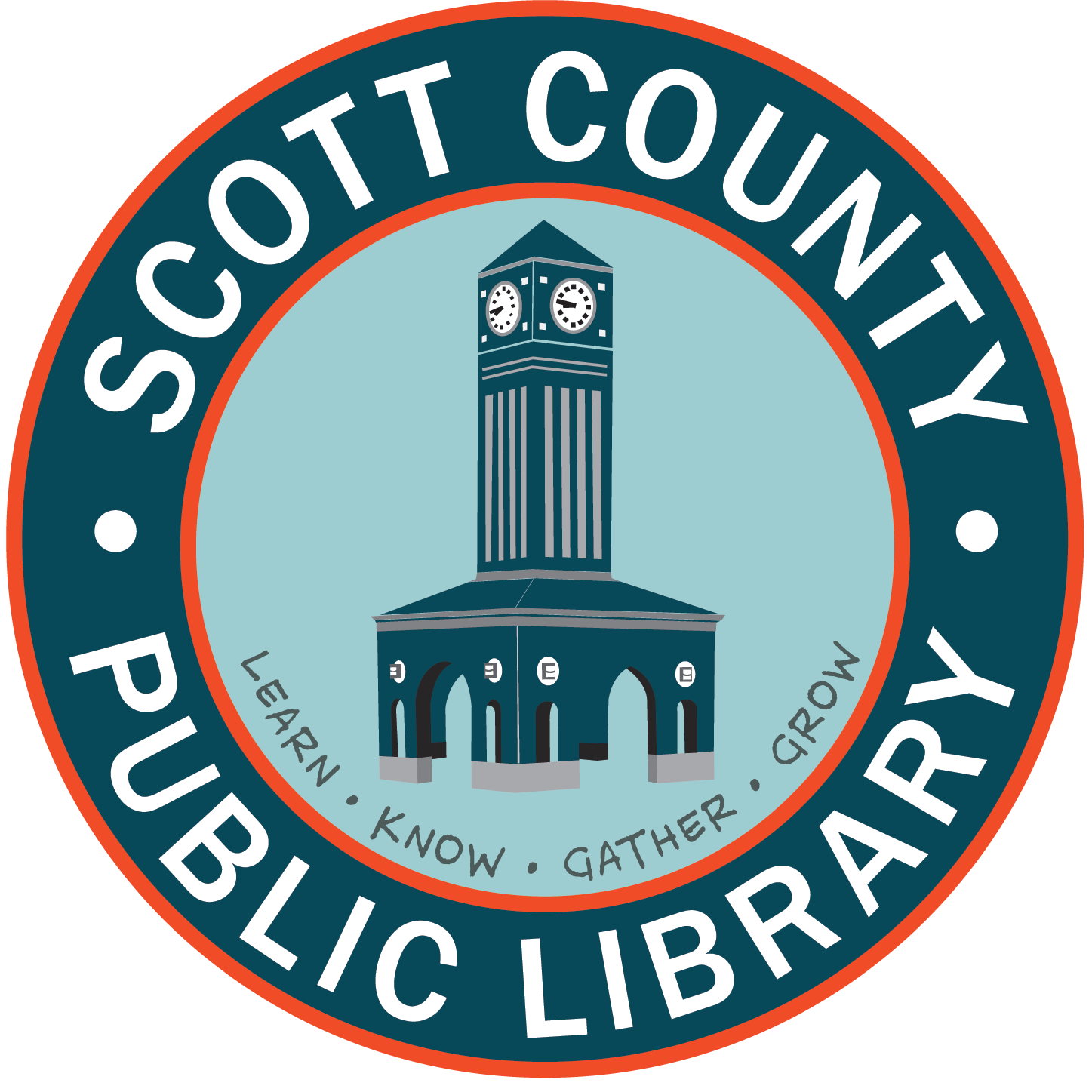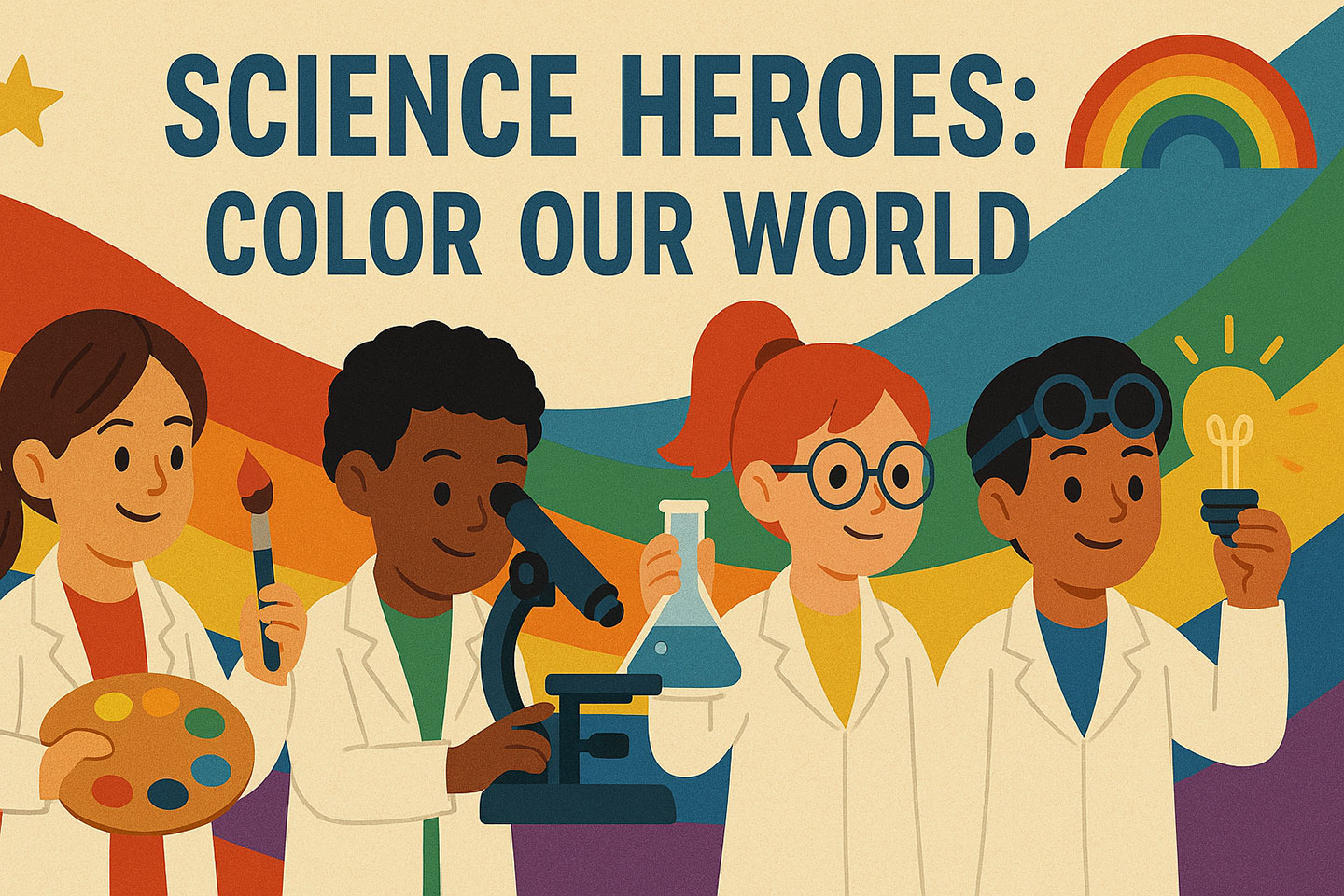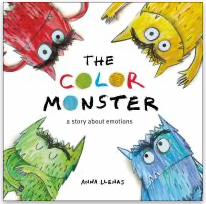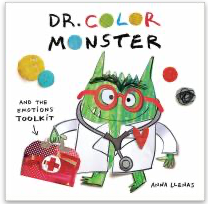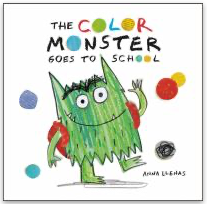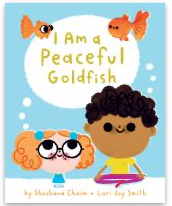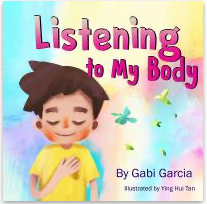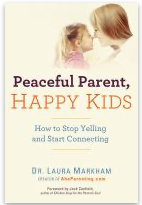Youth Services
Upcoming Youth Events at SCPL
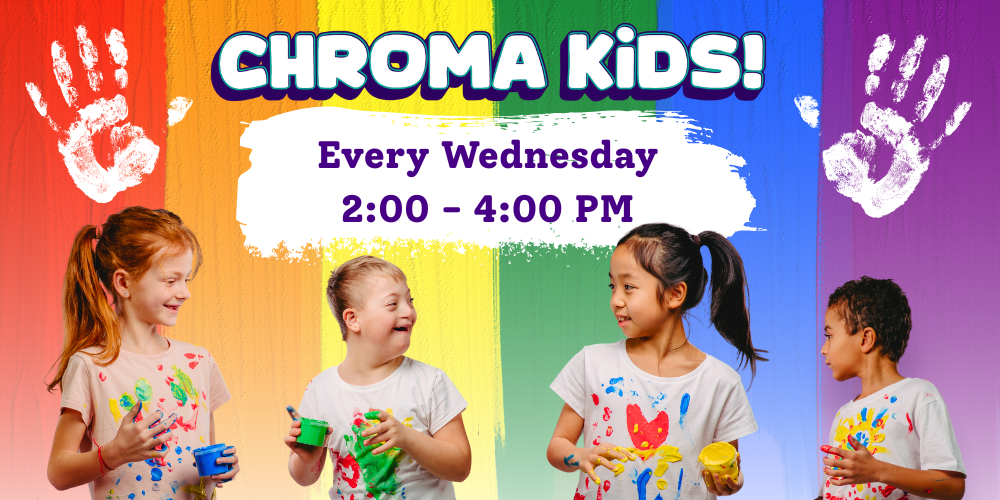
Chroma Kids (Drop-In)
Recommended ages 5-9 years.--DROP IN between 2:00 and 4:00 all summer long for a quick, fun afternoon craft. Celebrate our Summer Theme: Color Our World with colorful themed crafts to speak to your imagination!
Wednesdays From 2-4 pm (Drop-In)
Recommended ages 5-9 years.--DROP IN between 2:00 and 4:00 all summer long for a quick, fun afternoon craft. Celebrate our Summer Theme: Color Our World with colorful themed crafts to speak to your imagination!
Wednesdays From 2-4 pm (Drop-In)
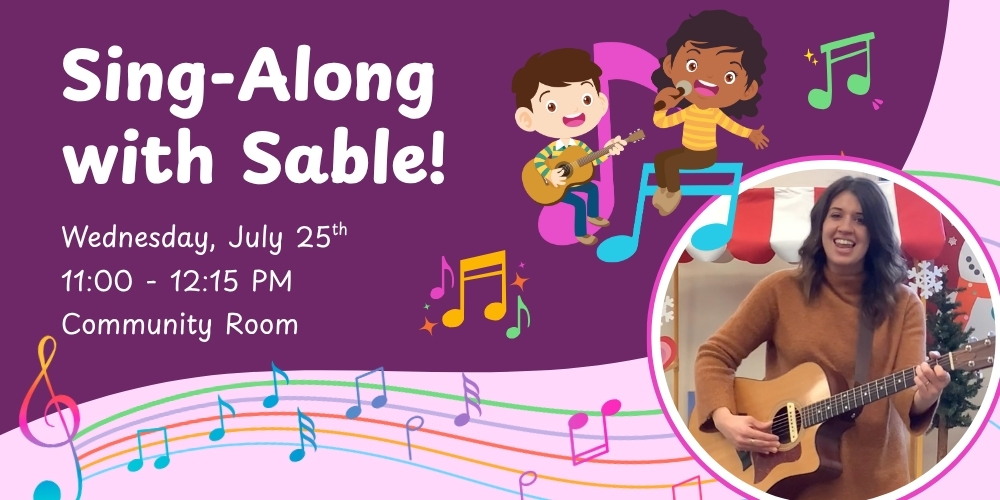
Sing-Along with Sable (Ages 1-5y)
Join local music educator and performer Sable Snyder for an hour of kid-friendly sing-alongs and musical fun. Register all children and the adult coming with them. Please do not bring extra adults so we can maximize participation by our littlest patrons! Thank you! FREE. PLEASE REGISTER. Please arrive early- we begin on time.
Friday, 7/25 @ 11 am (Room C)
Join local music educator and performer Sable Snyder for an hour of kid-friendly sing-alongs and musical fun. Register all children and the adult coming with them. Please do not bring extra adults so we can maximize participation by our littlest patrons! Thank you! FREE. PLEASE REGISTER. Please arrive early- we begin on time.
Friday, 7/25 @ 11 am (Room C)
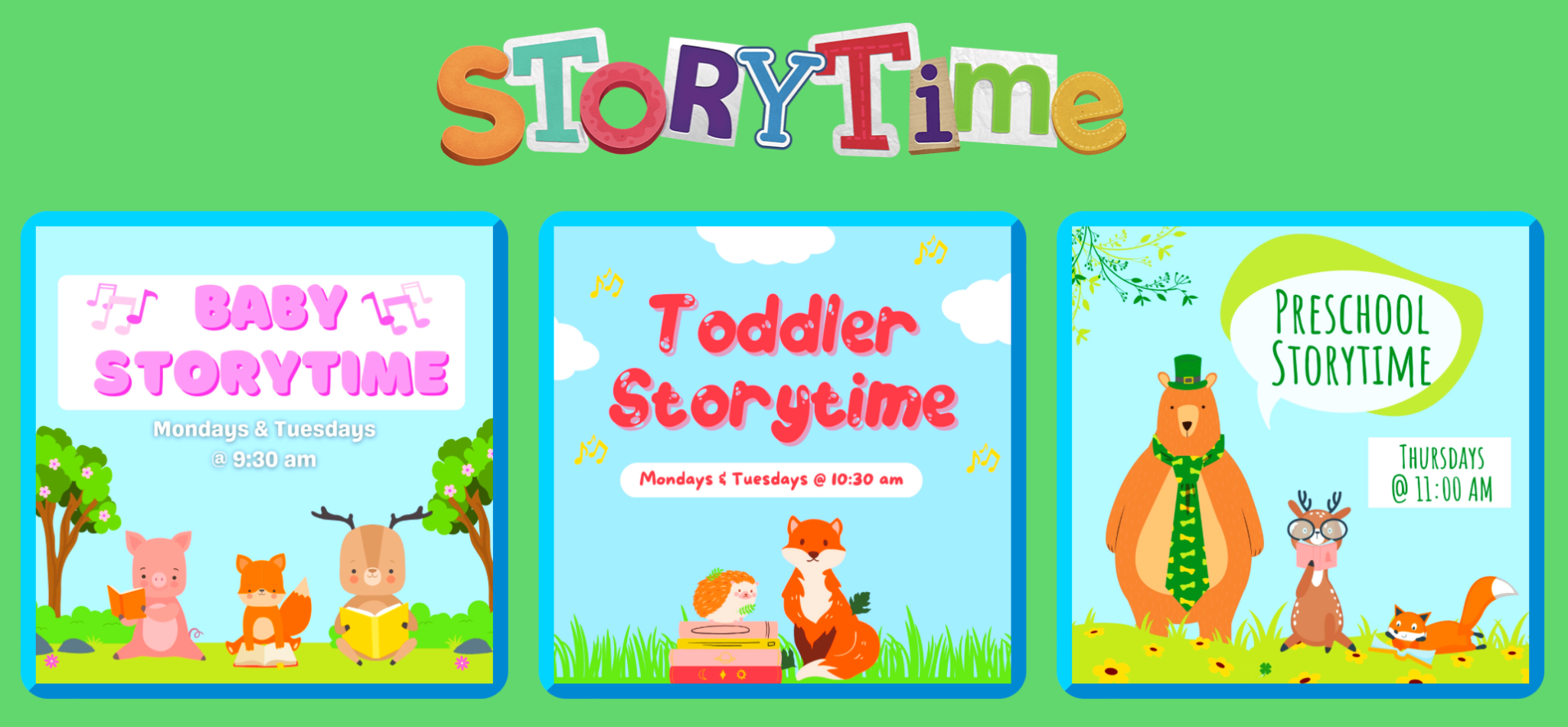

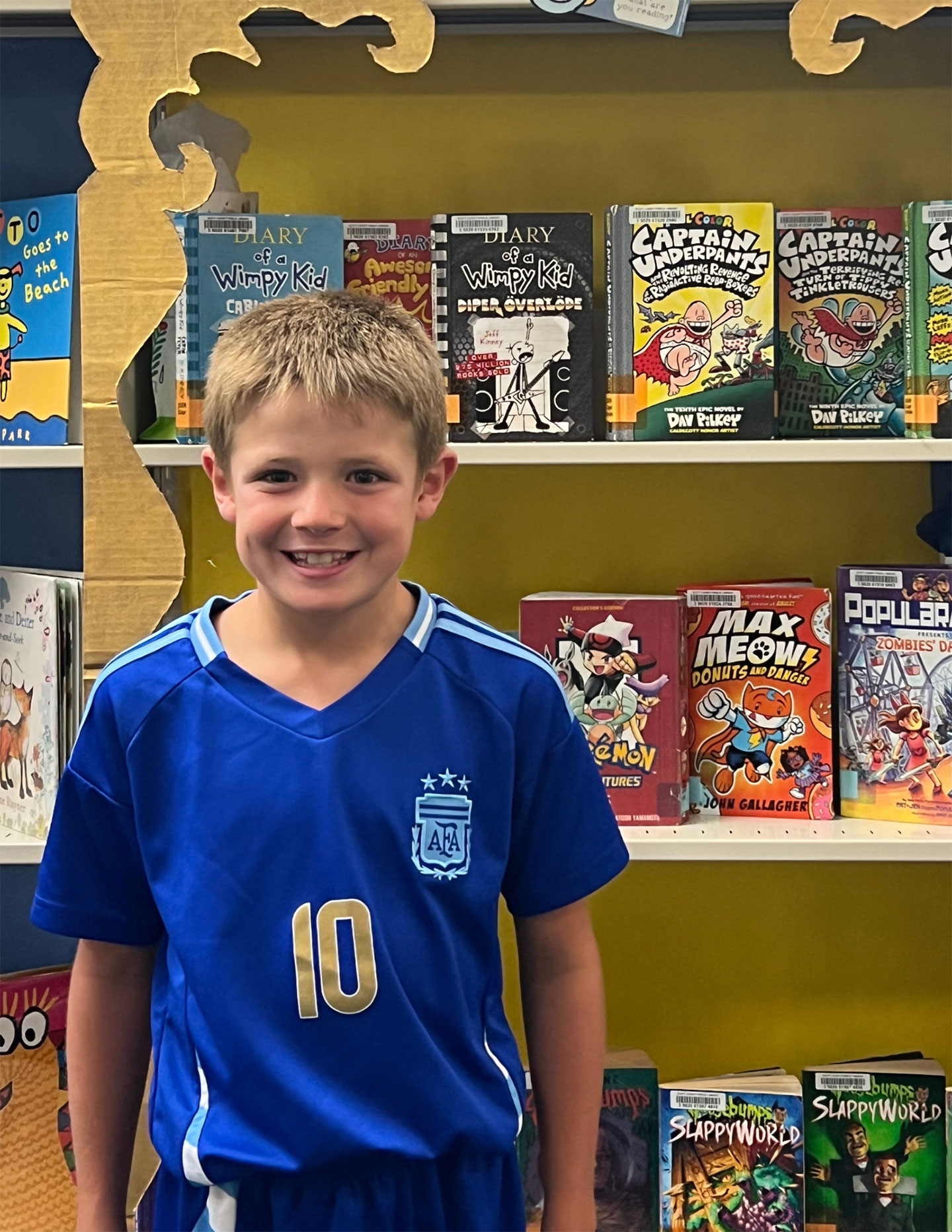 Become A "Kid Librarian" This Summer
Become A "Kid Librarian" This Summer
All Kid Librarian spots for the Summer are currently full. Be sure to check our website regularly for updates on when this popular event will return!
Get ready to laugh, battle, and explore—our next Kid Librarian is Ben! He's brought the fun with a book display that's bursting with energy and adventure.
From the hilarious hijinks of Captain Underpants (a staff favorite!) to the action-packed world of Pokémon, the comic-cool Max Meow, and the spooky thrills of Slappyworld—Ben’s collection has something for every young reader.
Swing by Youth Services and dive into the fun! Thanks, Ben, for sharing this awesome lineup!

Dolly Parton's Imagination Library
Let’s make sure every Scott County child under five years old is enrolled in Dolly Parton’s Imagination Library.
Online registration is open and easy! https://imaginationlibrary.com/check-availability/
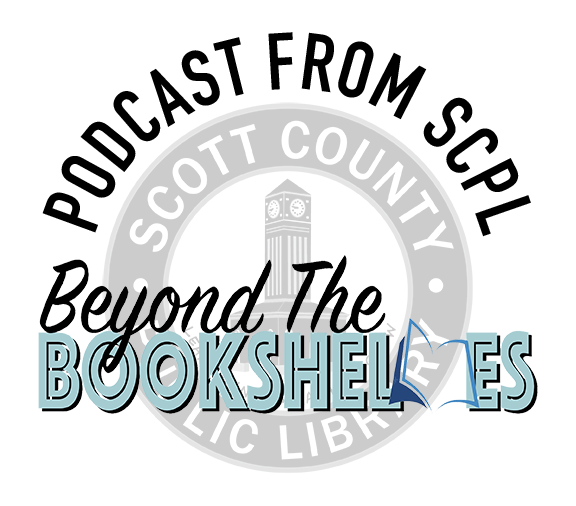
Click on the accordion page to learn more about these youth services

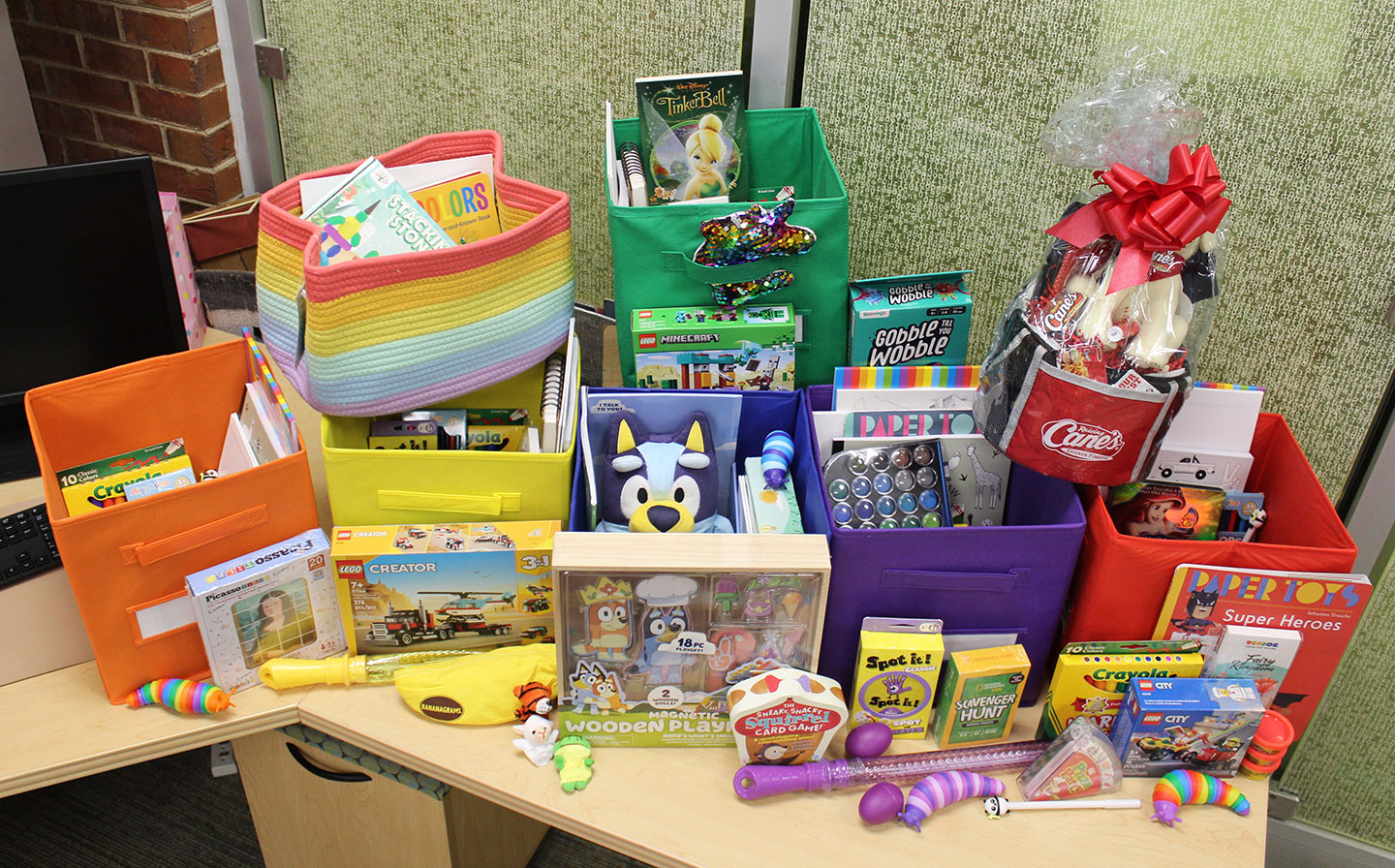 Pick Up Your Reading Log for a Chance to Win Summer Reading Prizes
Pick Up Your Reading Log for a Chance to Win Summer Reading Prizes
Join us for a summer full of fun, creativity, and reading! Library cards are free with your ID—kids can get their own too!
- Children: Read 5 books to enter raffles for Themed Prize Baskets (Art, Games & More!)
- Babies & Toddlers: Get a free board book with a completed log
- New this year: The Bookmobile will also have adult & children prizes at community stops—don’t miss it!
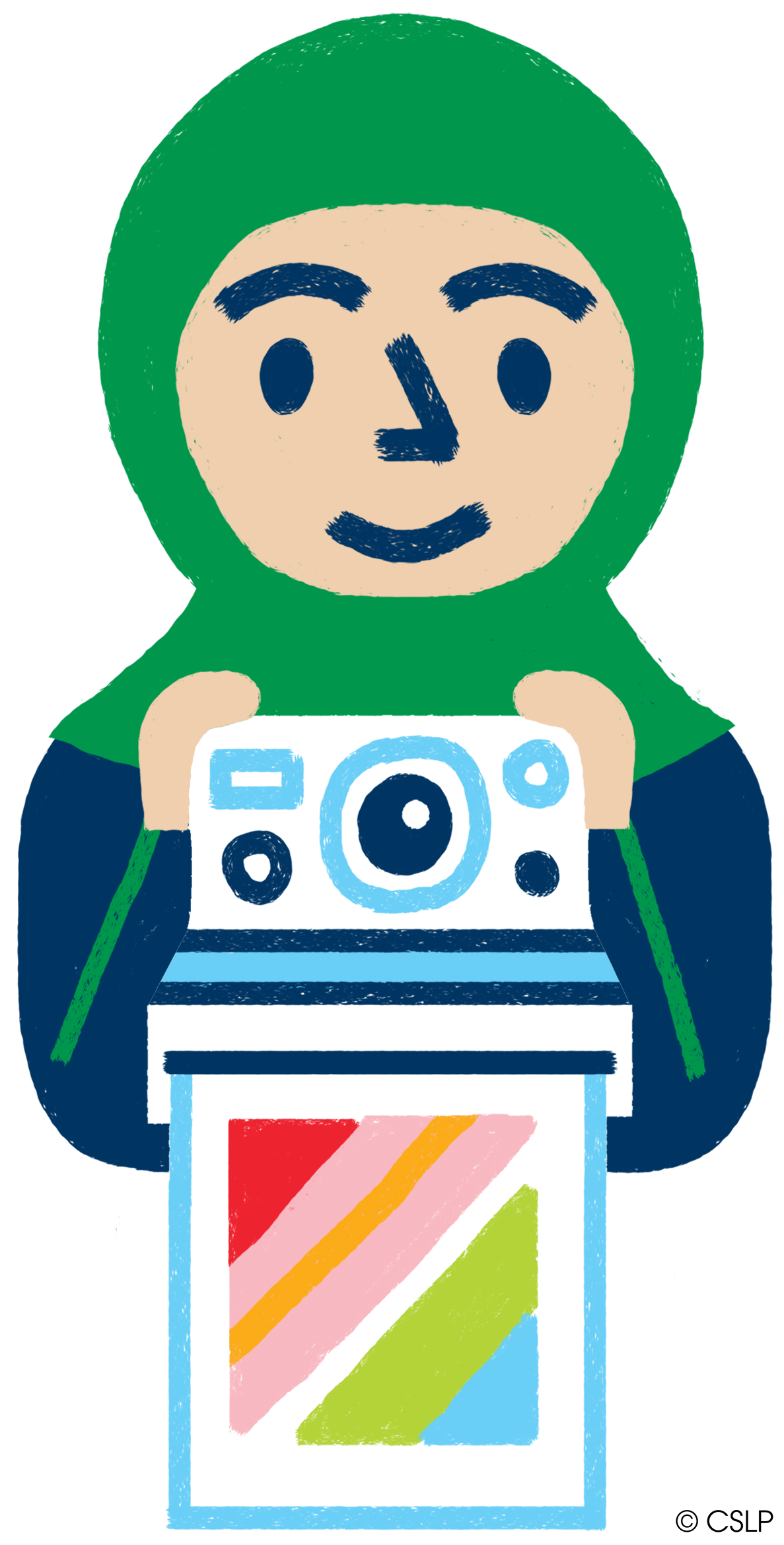 Be creative with Random Acts of Creativity: build, draw, sculpt, snap pics, or make LEGO films—then share your colorful creations with us on Facebook!
Be creative with Random Acts of Creativity: build, draw, sculpt, snap pics, or make LEGO films—then share your colorful creations with us on Facebook!
Everyone gets reading coupons from sponsors like Wendy’s, Raising Cane’s, KY Horse Park, and more! Plus: Daily Scavenger Hunts in the Children’s Area. Book Club Picks at the Info Desk. 3D Printing & Digital Help at the Tech Desk. Magic, Music & Special Events all summer!

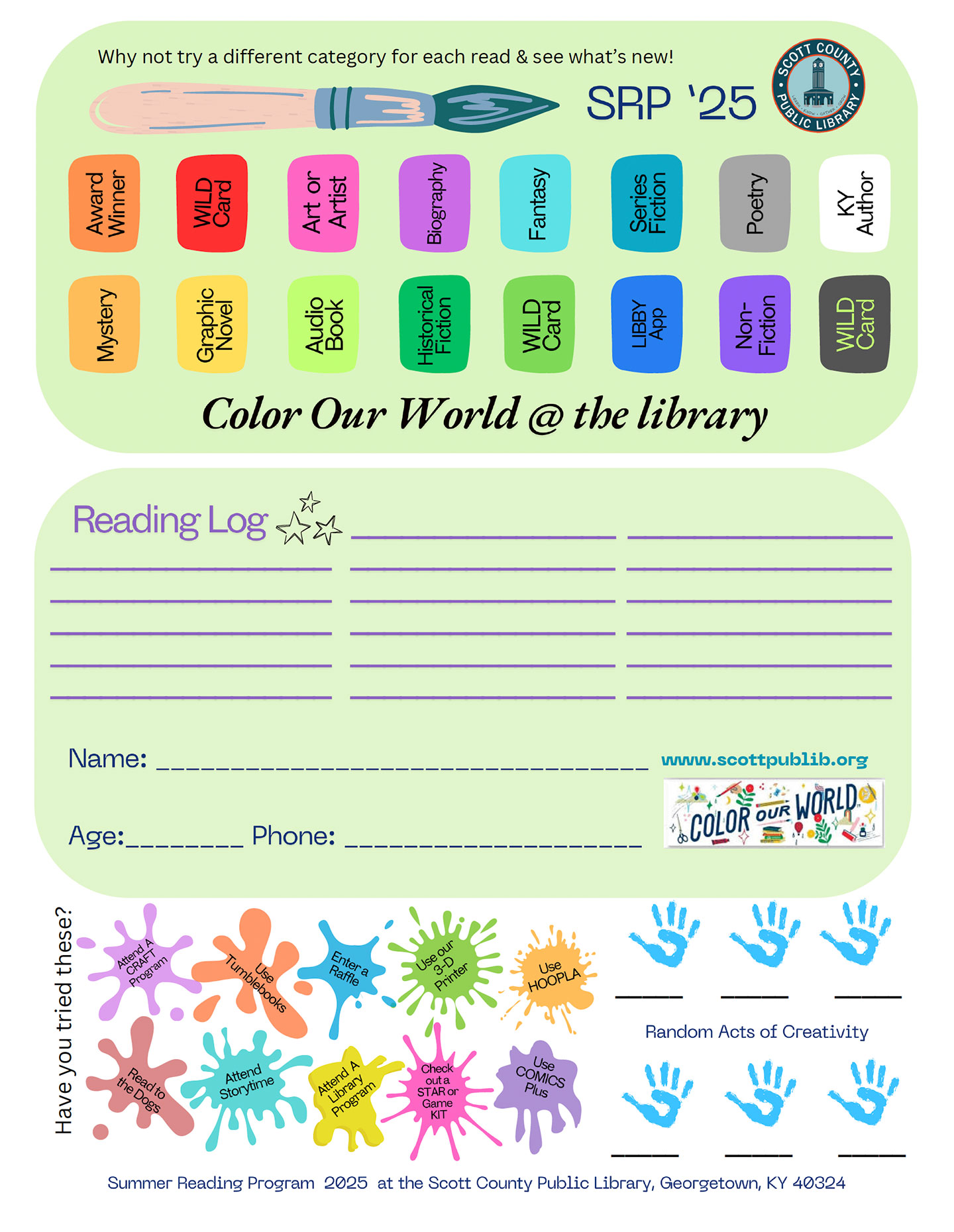
Pick up Your Reading Log from the children's desk at the library or print your own copy by downloading a pdf file to enter into Summer Reading Prizes! Summer Reading is always FREE and FUN at SCPL. Learn, Know, Gather & Grow in Colorful Ways—We can’t wait to see YOU!
 Participate in the summer reading program at your local public library for your chance at a $529 college savings account. Your public library can win $500, too! Visit kysaves.com, or call toll free 877-598-7878.
Participate in the summer reading program at your local public library for your chance at a $529 college savings account. Your public library can win $500, too! Visit kysaves.com, or call toll free 877-598-7878.
See below for some Summer Reading events coming in June and July! For a complete list of events, please visit the Events Calendar.
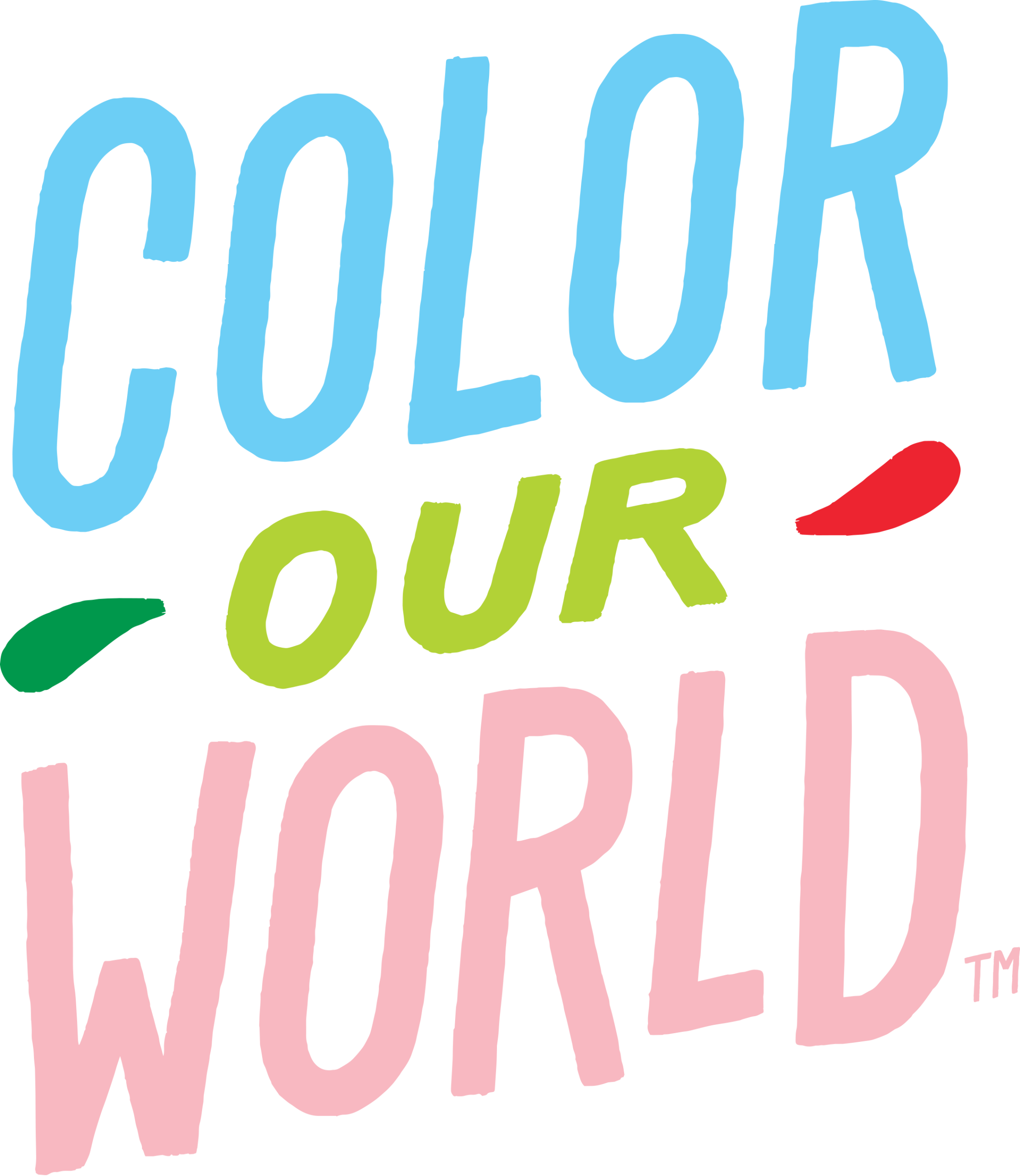 Summer Reading Kick-Off Event
Summer Reading Kick-Off Event
Sunday, 6/1 From 2-5 pm (All Ages; Drop-In)
Summer Reading 2025 is HERE! Let us Color Our World together and celebrate all things bright and beautiful. Join us for our Summer Reading Kick-off party today from 2-5:00pm. Crafts, Prizes, Music & fun!
 Whiz Bang Science Show
Whiz Bang Science Show
Friday, 6/6 @ 11 am
Dr. Dave returns by popular demand for another amazing Whiz! Bang! Science Show! No registrations- just come on down!
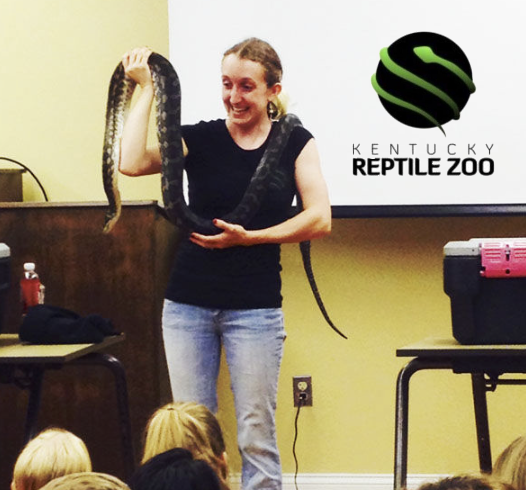 Kentucky Reptile Zoo
Kentucky Reptile Zoo
Friday, 6/13 @ 11 am (Ages 3+)
Join the KY Reptile Zoo for a talk about various animals. 11:00am Best for children over age 3y+. FREE. No Registration.
Science Heroes: Color Our World
Friday, 6/20 @ 11 am
Science & Storytelling Combined! Science Heroes bring a colorful story to life for children ages 4y+ by performing science experiments during the story! FREE. No Registration.
Tween and Teen Self Defense Class
Tuesday, 6/24 From 6-8pm
Learn self-defense basics in this workshop! Practice awareness and de-escalation. FREE. No Registration.
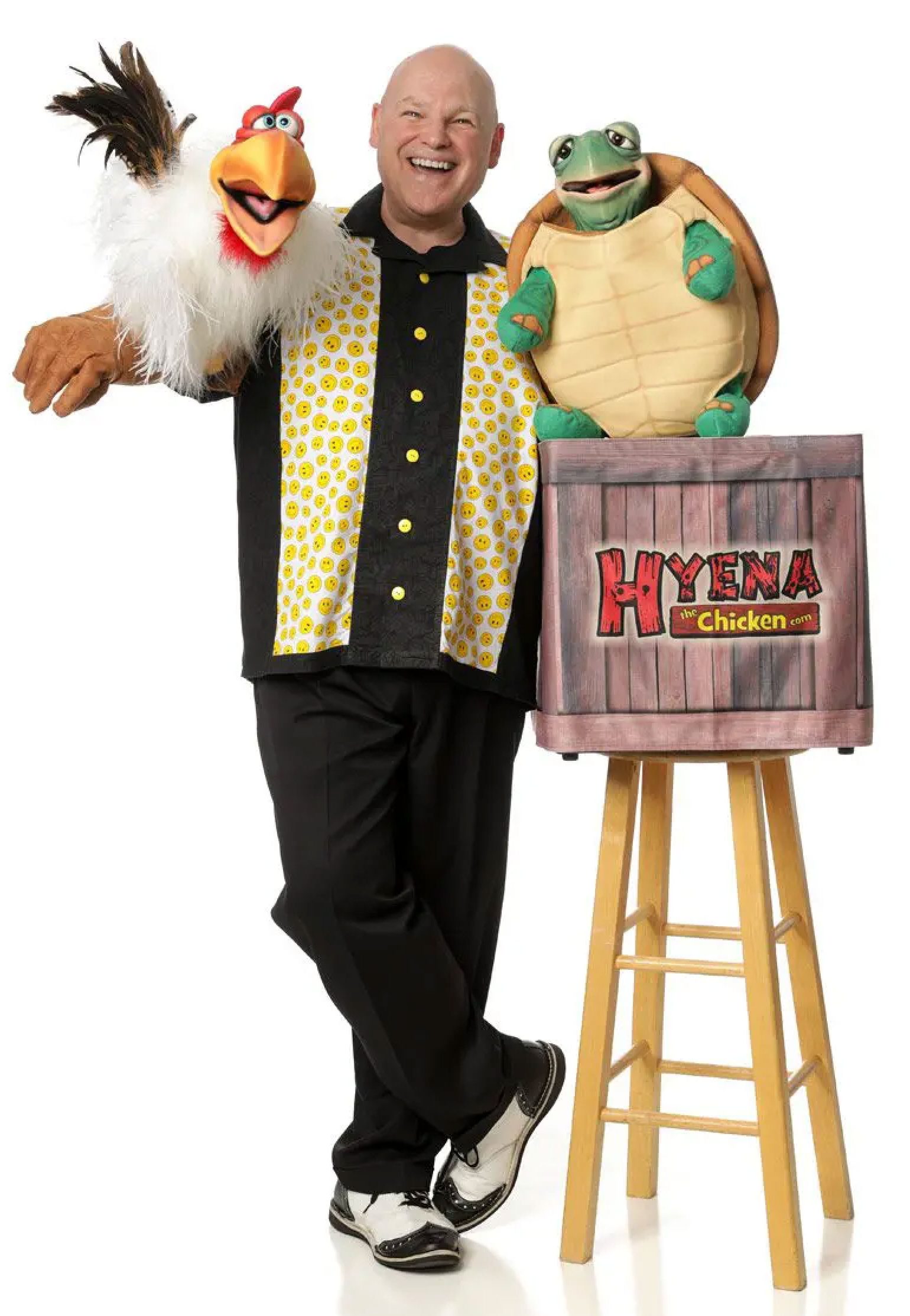 Barry Mitchell Magic & A Turtle
Barry Mitchell Magic & A Turtle
Friday, 6/27 @ 11 am
Join Barry and his Turtle for a magical adventure, but leave the pickles at home! Fun, family-friendly magic show. Barry always brings the laughter! But he hates pickles! No Registration- we will close doors when the room capacity is met. Best for 3 year old and up.
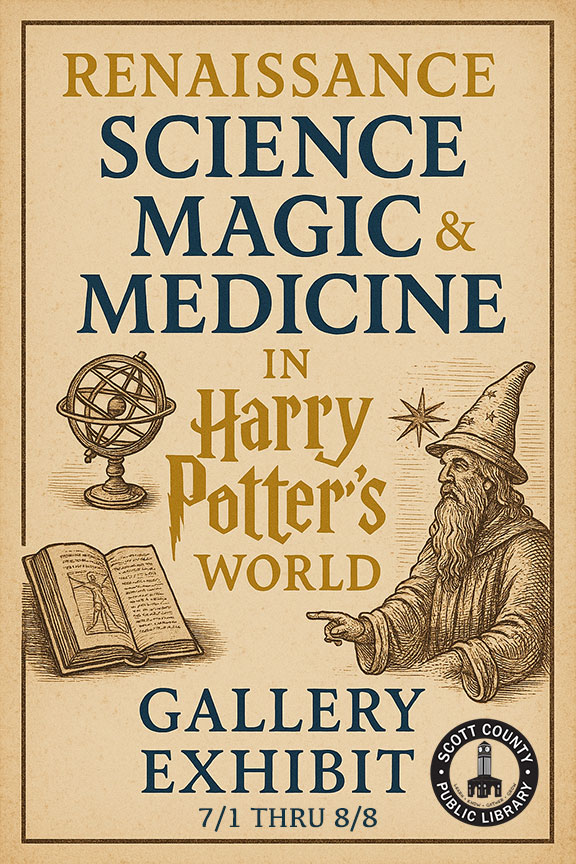 Renaissance Science Magic & Medicine in Harry Potter's World (Gallery Exhibit)
Renaissance Science Magic & Medicine in Harry Potter's World (Gallery Exhibit)
7/1-8/8 during library hours
We are pleased to announce that we will be hosting the National Library of Medicine (NLM) Traveling Exhibition entitled: "Renaissance Science Magic & Medicine in Harry Potter's World" throughout July in our Gallery.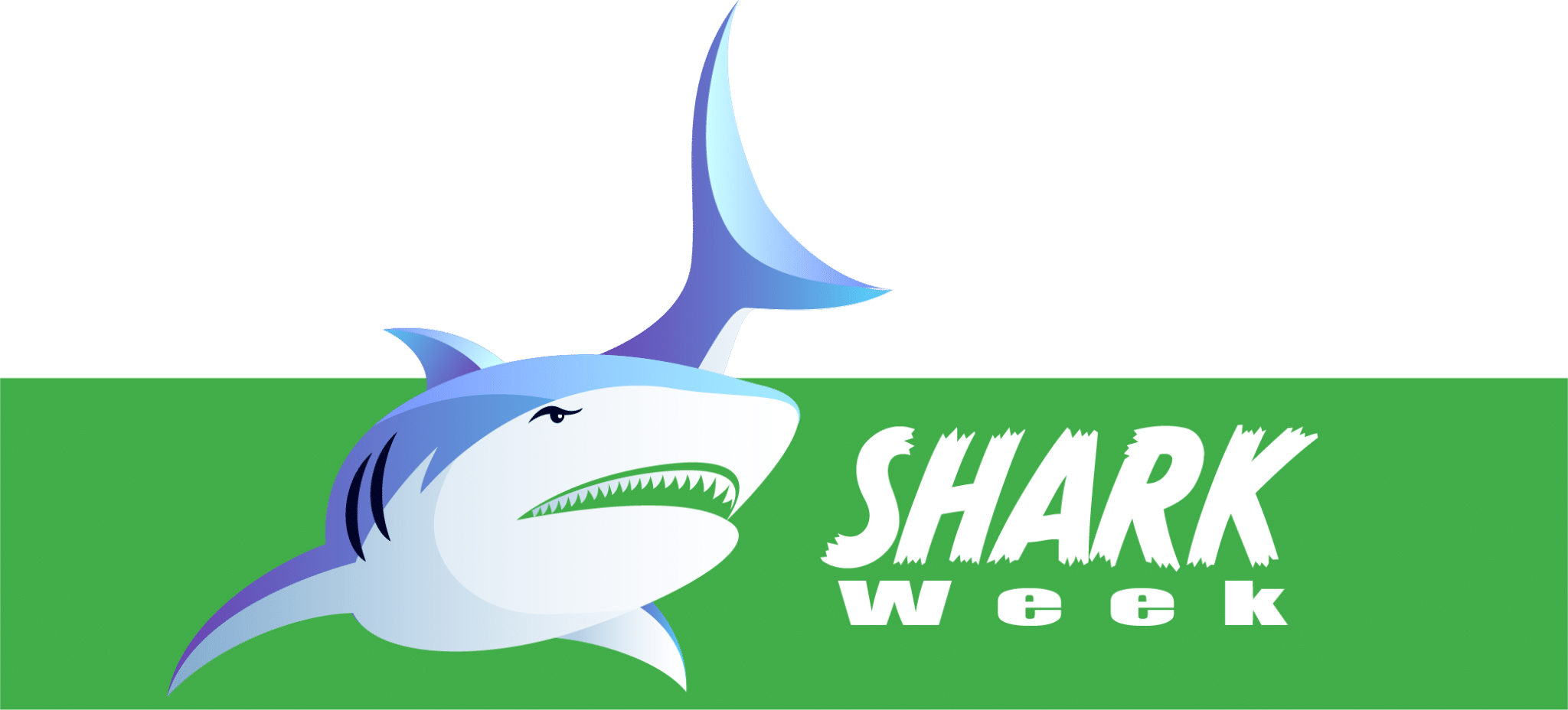 Shark Week @ SCPL (Drop-In)
Shark Week @ SCPL (Drop-In)
7/7-7/11 All Day (All Ages)
Join our staff for fun shark-related crafts and activities all week in the Youth Department. "Summer FUN isn't hard when you have a Library Card @SCPL "Families and children of all ages! From baby sharks on up!
 Big Bang Boom Band - Jam in Your Jammies Concert
Big Bang Boom Band - Jam in Your Jammies Concert
Tuesday, 7/8 @ 6 pm (Ages 3+)
Join Chuck Folds and His Big Bang Boom Band for some kid-friendly toe-tapping, head-bopping, sing-along fun! This beloved children's band hails from NC and plays big venues all over the states. Not to be missed- this is their first appearance in North-Central KY! Kids, feel free to wear your Jammies to Jam to the beats! FREE No Registration.
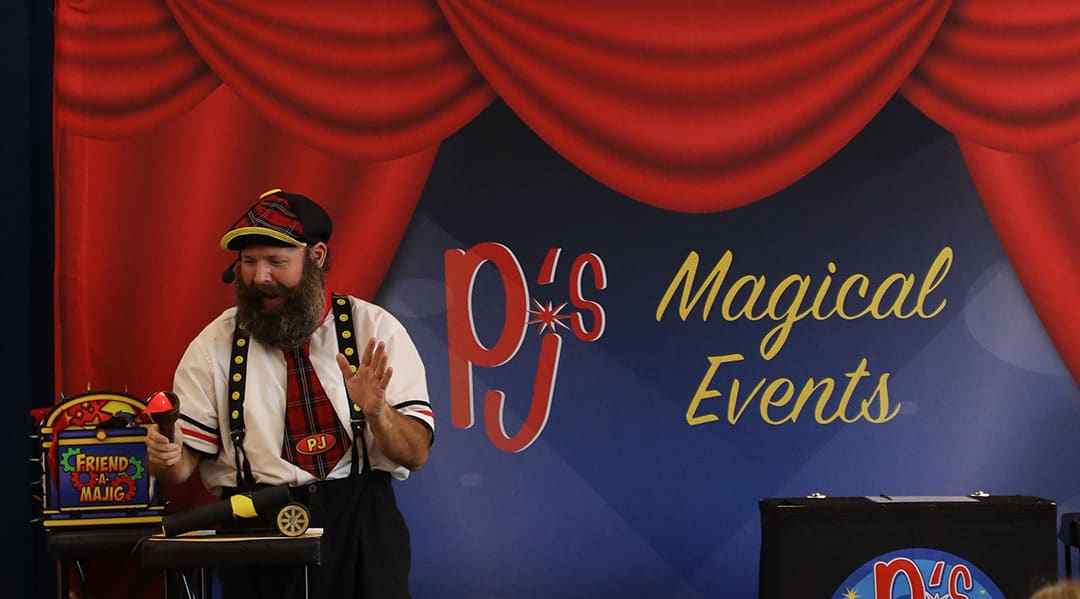 PJ's Family Entertainment
PJ's Family Entertainment
Friday, 7/11 @ 11 am (Ages 2+)
Get ready for a free fun-filled experience the whole family will love! Join us for a spectacular show packed with catchy songs, dazzling magic tricks, hilarious puppets, side-splitting jokes, and nonstop laughter and joy. Perfect for kids and fun-loving grownups alike — don’t miss out on this unforgettable, high-energy event!
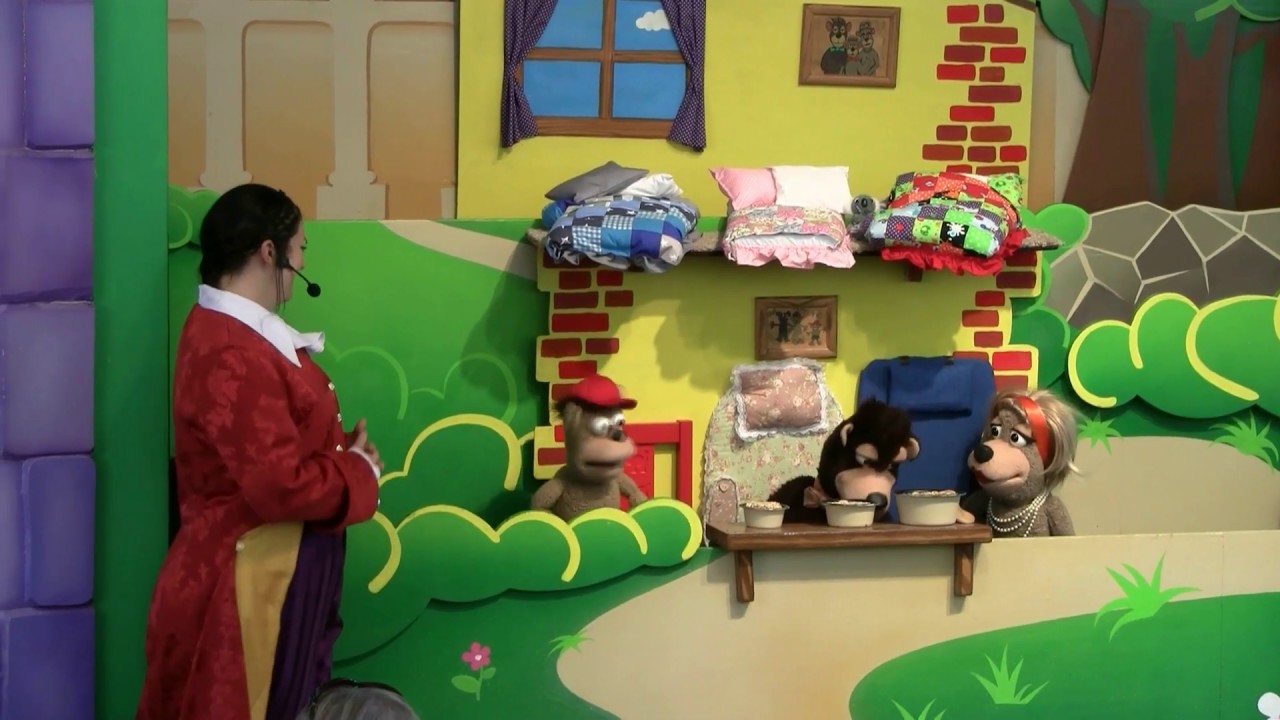 Marionette Show: Goldilocks & the 3 Bears
Marionette Show: Goldilocks & the 3 Bears
Friday, 7/18 @ 11 am
Join us! A first -time appearance by these amazing puppeteers! With a hand-made Marionette performance of Goldilocks and the 3 Bears ....as set in Alaska! Hand-crafted wooden puppets and expertly designed backdrops give this story a new life for children! Stevens puppets have been bringing fairy tales and literature to life since 1933. FREE. No registration. Families welcome. Best for ages 3-9y.
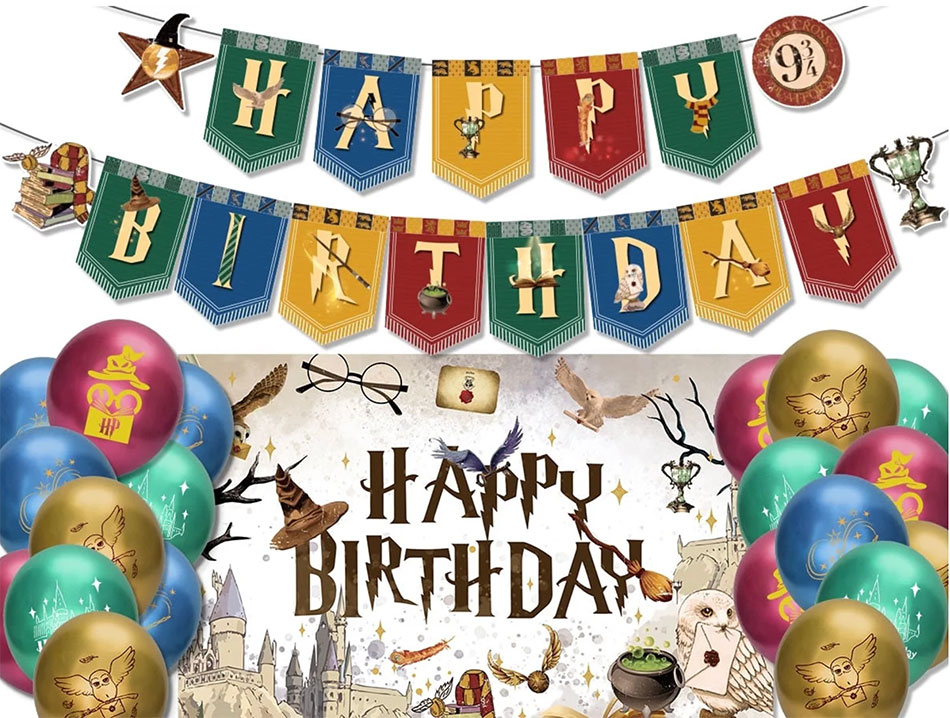 Harry Potter's Birthday party!
Harry Potter's Birthday party!
Thursday, 7/31 From 2-5 pm (All Ages)
July 31st is Harry Potter's Birthday! Celebrate all things Harry with crafts, games, photo-ops and a movie. DRESS UP! Costumes encouraged! All ages welcome! Come see our exhibit on Medieval science & potions in the library, too.
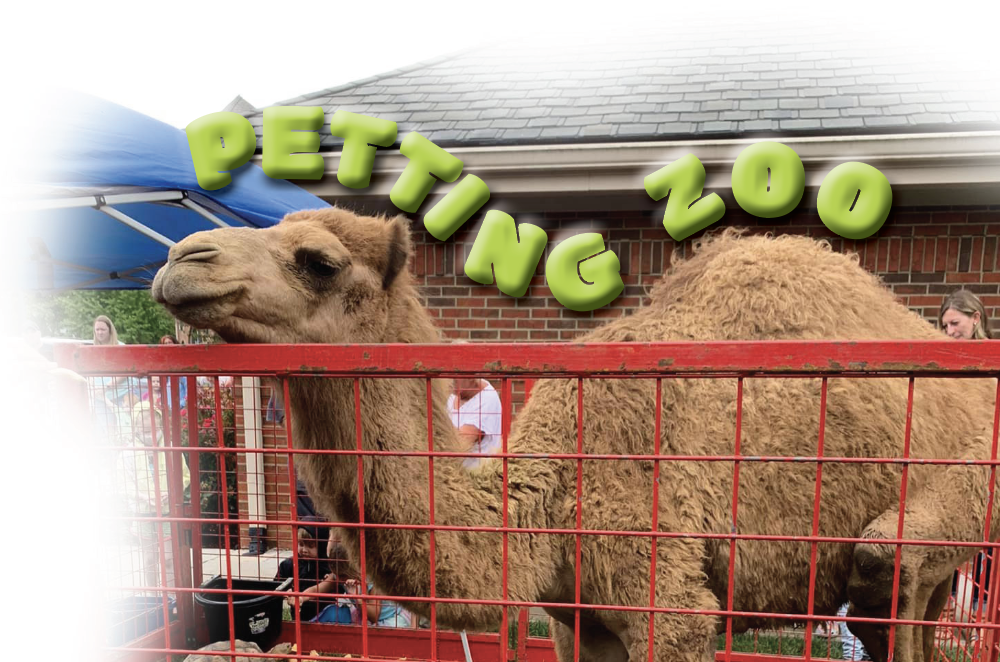 Animal Enterprises Petting Zoo
Animal Enterprises Petting Zoo
Friday, 8/1 From 10 am-2 pm (All Ages)
Animal Enterprises brings the Petting Zoo! Goats, sheep, tortoise, alpaca, maybe a baby camel! Free- No registration. Drop by during the hours of 10 am until 2pm in our front parking lot.
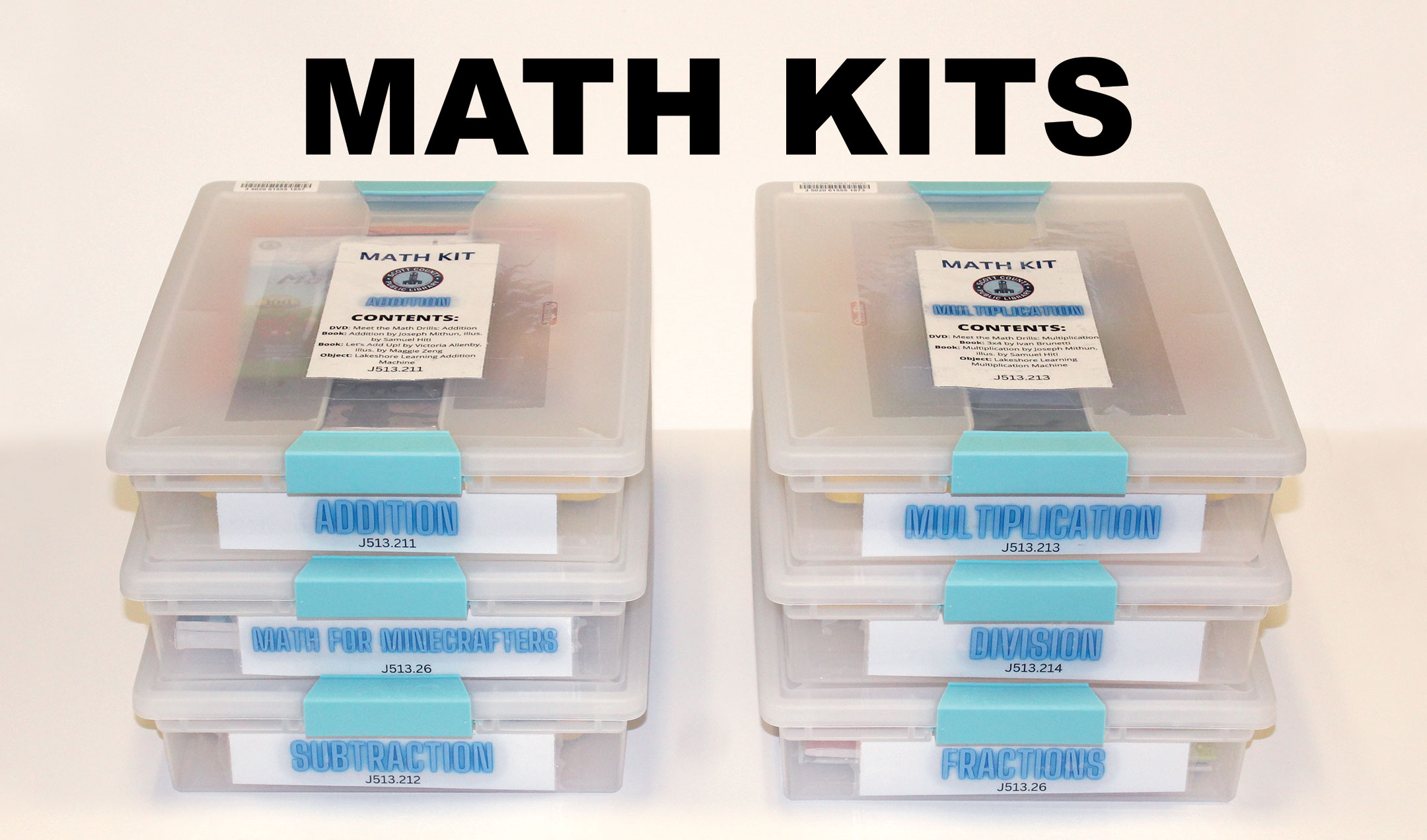


New Math Kits Now Available in the Children's Department!
We're excited to announce a brand-new addition to our children's department—Math Kits designed to make learning math fun, interactive, and engaging for young learners!
Each kit is themed around a different foundational math concept, including:
- Addition
- Subtraction
- Multiplication
- Division
- Fractions
- Math for Minecrafters
Whether your child is just starting out with numbers or exploring the world of fractions, there's a kit to match every learning stage and interest. Our Math for Minecrafters kit is especially fun for young fans of the game, combining their favorite virtual world with real-world math skills.
Each kit includes a carefully selected collection of books, dvd and hands-on learning tools designed to reinforce key concepts through play and exploration. These resources are perfect for at-home learning, tutoring, or simply building confidence in math skills.
Grab a kit and start learning math today! Visit the children's department to check one out, and let the math adventures begin!
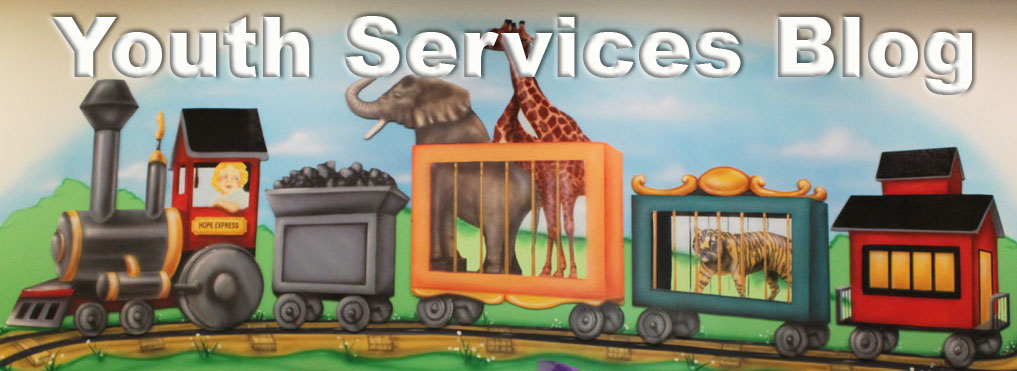 We'll highlight topics of interest and share ideas that matter to you and your peers. Join in and let your voice be heard. Tell your friends! Have a blog to share? Send me an email at roseann.polashek@scottpublib.org
We'll highlight topics of interest and share ideas that matter to you and your peers. Join in and let your voice be heard. Tell your friends! Have a blog to share? Send me an email at roseann.polashek@scottpublib.org
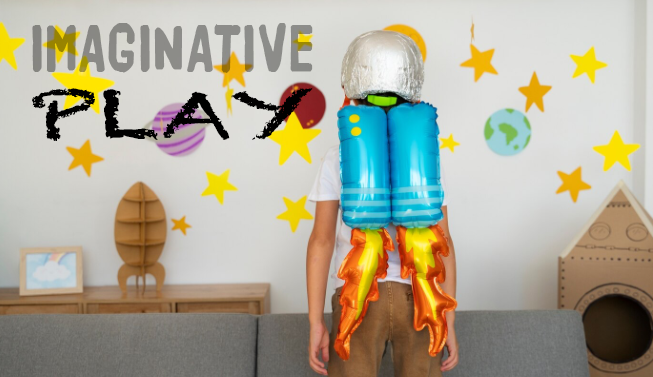
The Magic of Imaginative Play for Toddlers
Picture this: a toddler toddles (as toddlers do) into the library, wearing a superhero cape, a firefighter hat, and rain boots on the wrong feet. They grab a stack of picture books and declare the reading nook their “castle.” If you’ve spent any time around toddlers, you’ve likely seen these small, enthusiastic humans diving headfirst into the world of make-believe. Working in the youth department of a public library, I’ve been lucky to witness countless moments like this, and let me tell you, they’re as educational as they are adorable.
Imaginative play—sometimes called pretend play or playing make-believe—is one of the most important activities for toddlers. It’s more than just fun (though it’s definitely that, too); imaginative play is a powerhouse for brain development and skill-building.
What Is Imaginative Play?
Imaginative play happens when children use their creativity to create scenarios, roles, or stories that go beyond the here and now. It’s when a block becomes a phone, a cardboard box turns into a spaceship, or a toddler insists they’re a dragon. This kind of play is often spontaneous and child-driven, and it can involve everything from role-playing and storytelling to creating imaginary friends.
It might look like chaos to the untrained eye—a pile of toys on the floor, a toddler talking to themselves, and crayons scattered everywhere—but it’s actually a highly organized and meaningful activity happening inside their little heads.
How Imaginative Play Helps the Growing Brain
The toddler brain is a busy place, rapidly building connections and absorbing the world like a sponge. Imaginative play is like the workout program for their developing brain. Here’s how it helps:
- Boosts Cognitive Development
Pretend play requires toddlers to think abstractly and problem-solve. If they’re pretending to run a grocery store, they’re figuring out what “food” they need, how to “sell” it, and how to handle that very angry stuffed bear customer. - Fosters Language and Communication Skills
In their make-believe worlds, toddlers are constantly talking—to themselves, to their toys, to you if you’re lucky. This chatter helps expand their vocabulary and teaches them the basics of storytelling and conversation. - Encourages Social-Emotional Learning
When toddlers pretend to be someone else (a parent, a doctor, a pirate), they’re practicing empathy. They’re exploring different perspectives, learning to identify feelings, and working through social scenarios in a safe and playful way. - Develops Fine and Gross Motor Skills
From building block towers to wielding imaginary swords, pretend play involves both big and small movements. These actions help toddlers improve their coordination and motor skills. - Stimulates Creativity and Imagination
Of course, one of the biggest benefits is in the name itself: imaginative play helps toddlers develop creativity. This kind of thinking will serve them well throughout their lives, whether they become artists, engineers, or… superheroes.
How to Encourage Imaginative Play at Home
The beauty of imaginative play is that it doesn’t require fancy toys or elaborate setups. Here are some simple ways to foster creativity at home:
- Create Open-Ended Play Spaces
Designate a corner of your home for play, filled with items that can be used in multiple ways. Think blocks, scarves, cardboard boxes, and dolls. - Provide Dress-Up Clothes
Raid your closet or hit the thrift store for costumes, hats, and accessories. A pirate hat and a princess tiara can spark hours of fun. - Join the Fun
Get down on their level and play along. Be the customer in their imaginary restaurant or the patient in their pretend doctor’s office. - Limit Screen Time
Screens can stifle creativity, so try to limit them during playtime. Encourage your toddler to come up with their own stories instead. - Use Books as Inspiration
After reading a story together, encourage your child to act it out or create a sequel. Books are an incredible springboard for imagination.
Recommended Books About Imaginative Play
Here are some toddler-friendly books to inspire make-believe adventures:
Fiction
- "Not a Box" by Antoinette Portis A bunny shows us all the magical things a simple box can become.
- "Pete’s a Pizza" by William Steig Pete’s parents turn him into a pizza for some silly fun.
- "Where the Wild Things Are" by Maurice Sendak Max’s imagination takes him on a wild journey.
Non-Fiction
- "Rainy Day Play!" by Nancy F. Castaldo A guide for parents and toddlers to spark creative indoor play.
- "Creating Clever Castles & Cars (from Boxes and Other Stuff)" by Mari Ruiz Mitchell A book full of ideas for creating something out of “nothing” that inspires kids to stretch their minds and think outside the box.
Imaginative Play at the Library
Public libraries are treasure troves for imaginative play. Here are some ways Scott County Public Library can support your toddler’s creativity:
- Storytime Programs
We offer interactive storytimes that include songs, rhymes, and imaginative activities for children of all ages. Our Baby storytimes are on Monday and Tuesdays from 9:30 AM – 10:00 AM, our Toddler storytimes are on Mondays and Tuesdays from 10:30 AM – 11:15 AM, and our Preschool storytimes are on Thursdays from 11:00 AM to 12:00 PM. No registration required! Find out more in our calendar. - Play Areas
Our library has a constantly changing collection of imaginative toys out for children to enjoy. From a cardboard castle with a moat and a ferocious dragon, to a rocketship tent with space helmets and more, there’s always tons of creative fun to be had at the Scott County Public Library. - Book Suggestions
Librarians can recommend books tailored to your child’s interests. If your toddler is currently obsessed with construction vehicles, we’ve got you covered! Dinosaurs? Volcanoes? Presidents? Carnivorous animals? No matter what you and your child want to read about, we’ve got the perfect books for you. - Take-Home Kits
Scott County Public Library has tons of experience kits available for checkout, for both adults and children! For toddlers, our S.T.A.R. kits are perfect for exploring subjects from dental hygiene, to grief, to vampires, and more! Each kit includes several books, a manipulative (like a stuffed animal, or small model toy), and other related items like games, DVDs, CDs, and so much more.
Imaginative play isn’t just child’s play; it’s the foundation of learning and growth for toddlers. It helps them explore the world, develop essential skills, and—most importantly—have fun. So next time your little one declares themselves the ruler of the living room kingdom or a librarian’s reading nook, embrace the chaos. You’re witnessing the incredible power of pretend.
Now, if you’ll excuse me, I have a library dragon to defeat… or maybe befriend. Who knows? That’s the magic of imagination.
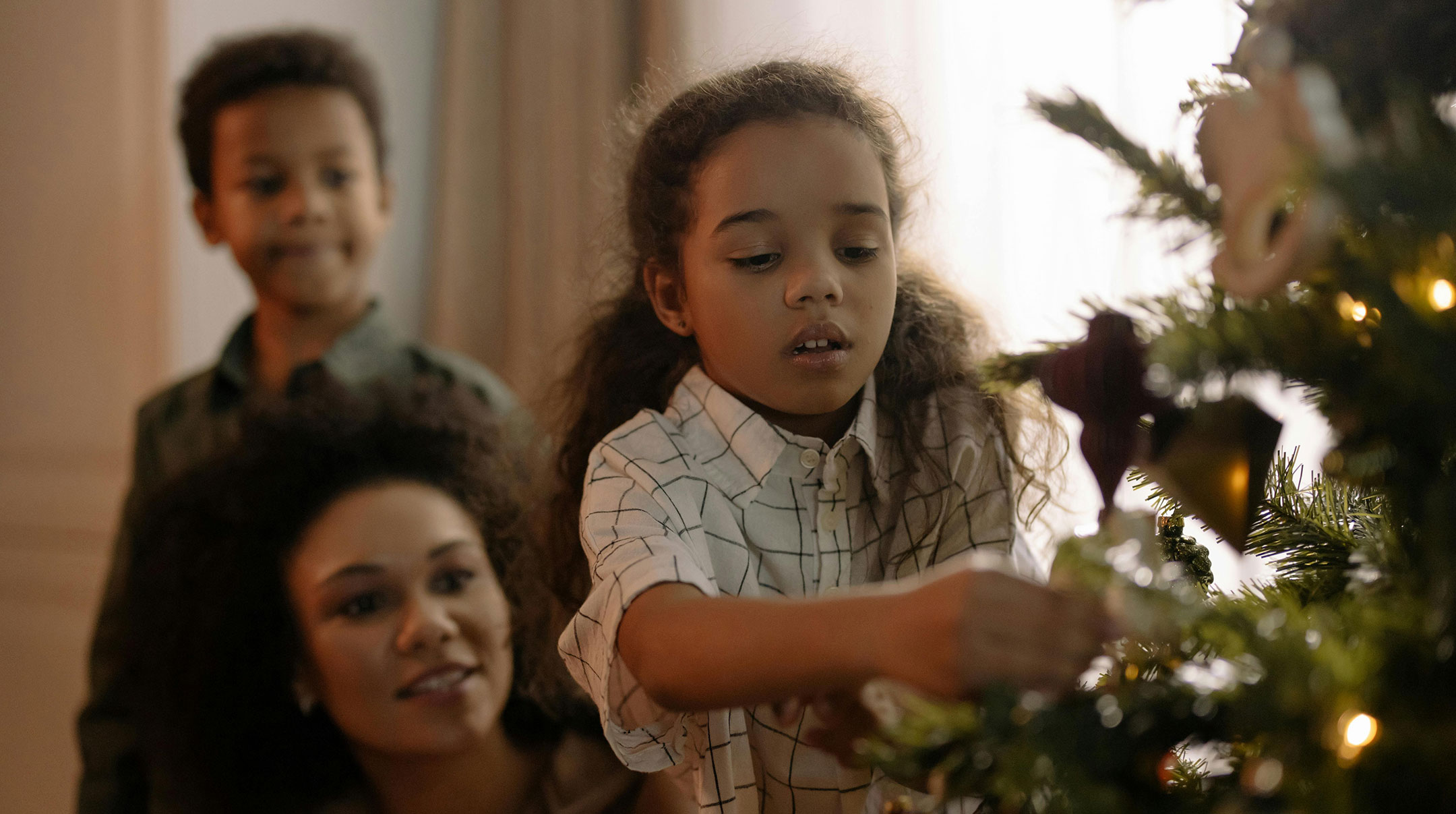 Keeping & Making Traditions with your children
Keeping & Making Traditions with your children
Family Holiday Traditions are things that children can not only participate in, but which they will likely remember -fondly- for a lifetime. What family traditions have you shared with your children this year? Do you share them every year? Or only with certain family members? How do your children participate?
If you don’t have any true family traditions, now is the perfect time to START YOUR OWN! And if, in the past, your children were merely bystanders, maybe this year they can become active participants.
Making a new tradition with your children gives them ownership in the spirit of the season and in the family, and will be more special to them than sharing a tradition that has been passed down. Making memories, whether solemn, singing or silly, will be something you will want to cherish every holiday or time of family gathering.
Getting into the good habit of making the periodic or seasonal memory will help give you and your child a new sense of importance to these times of the year, and will likely become a core memory for stories when they have children of their own. And even if the tradition you have is not child-friendly, I am sure there is a way to make it age appropriate with simple modifications or additions that would help include your children.
What are some great Christmas, Hanukkah or Winter traditions we can easily share with our young children? Here is a list of 20 ideas to get you started:
- Matching pajamas or matching hats, socks, stockings, sweatshirts & the PHOTO!
- Cookie baking, family cookie exchanges, cookie decorating challenges ( Or bread, pie, soup... )
- Pancake art with colored batter; pancakes for dinner & a movie like ELF
- Letter writing: everyone sits down and composes a letter to themselves or the family about all the things they loved or remembered from the past year. Then read them out loud on New Year’s Eve!
- Working at a soup kitchen or present-wrapping station for military
- Caroling; tree decorating; secretly wrapping & delivering small gifts for neighbors and elderly/family
- Family Secret Santa; or maybe you need to regift something you already own with a note as to why you picked that re-gift for that person!
- Ice Skating at the local rink/park together with hot cocoa
- Making paper, popcorn or dried orange slice garlands for the tree or mantle
- Dancing around the town Christmas tree and taking silly photos of each other
- Disposable Cameras: all kids get one for a week before holiday or day of, and can snap away as they want; film is developed for a New Year’s Re-cap!
- The holiday Family Tablecloth: using sharpies, trace the handprints of the entire family around part of the edge of a white tablecloth, with the year. Do this every year until the entire edge is covered! Embroider or crochet them to make a permanent family heirloom!
- Holiday scavenger hunt for the first present: hide a few numbered clues around the house for kiddos to search for their first present – I hope it’s a book!
- DIY "Homemade" wrapping paper: buy rolls of craft paper, and starting Dec 1st, have the children decorate wrapping paper for all the family presents using markers, crayons and paint! Use stencils, or cookie cutters dipped in poster paint!
- Assemble easy to make Mason-jar Cookie recipes for the non-cookie baking members of the family!
- Watch the Nutcracker together and drink hot cocoa; re-enact favorite scenes!
- DIY your own Christmas Ornaments together: from Apple-Cinnamon gingerbread boys to salt dough snowmen, a little kitchen science, paint, ribbon, and glitter goes a long way to decorating!
- Making a special dinner menu for Christmas Eve or New Year’s Eve that the children choose, even if it’s mac’n cheese with hot dogs and chocolate cake!
- Make gingerbread houses out of candy, icing and graham crackers, then eat them
- Family Book Exchange & Read-in - Every librarian loves this idea, a tradition in Iceland called Jolabokaflod!

Emotions: Lessons from a Color Monster About Emotions
For more, check out these books:
 Kindergarten Readiness and the Role of Public Libraries
Kindergarten Readiness and the Role of Public Libraries
Parents and caregivers do everything we can to prepare our little ones for kindergarten. We want them to start their educational journey with confidence, equipped with a full toolbox that will help them to flourish academically, socially, and emotionally. But what exactly is Kindergarten Readiness, and why does it play such a significant role in our children's future success?
What Is Kindergarten Readiness?
Kindergarten Readiness includes skills and attributes that lay the foundation for a child's academic and social success as they start school. From cognitive abilities like language and literacy skills to social and emotional competencies such as self-regulation and cooperation, Kindergarten Readiness is a collection of standard developmental milestones that help young children thrive in an educational environment.
Why Kindergarten Readiness Matters
Imagine sending a knight into battle without armor to protect himself, or a map to know where he is and where he is going. Kindergarten Readiness serves as the proverbial gauntlet and chainmail, equipping children with the tools they need to conquer the challenges of today’s classroom with confidence. It has been proven that children who enter kindergarten with a solid foundation of essential skills are more likely to excel academically, experience fewer behavioral issues, and develop positive attitudes toward learning. Some of these skills are learned in free library programming like Preschool Storytime at SCPL!
The Power of Early Literacy
At the heart of Kindergarten Readiness lies the cornerstone of early literacy. A child's educational journey hinges on their ability to decode words, comprehend stories, and express themselves through language. Early literacy not only ignites a passion for reading but also fosters critical thinking skills, expands vocabulary and lays the groundwork for future academic achievement.
Public Libraries: The Unsung Heroes of Kindergarten Readiness
Beyond our shelves overflowing with literary treasures, public libraries like SCPL serve as invaluable allies for parents and caregivers who are navigating the labyrinth of early childhood development. From interactive age-appropriate story times to tailored collections of books, media, and other resources, public libraries offer many tools and programs designed to empower caregivers and parents in their quest to prepare their children for school success.
Public libraries cater to the diverse needs of families with young children. Check out the collection of 50 Books to Read in Kindergarten in the youth department at SCPL, or enroll in our 1,000 Books Before Kindergarten program and get your child on the road to Kindergarten Readiness!
Kindergarten Readiness in Kentucky
For parents and caregivers in the Bluegrass State, the journey toward Kindergarten Readiness is paved with a wealth of state-specific resources and initiatives. The Kentucky Department of Education offers a comprehensive guide to Kindergarten Readiness, outlining key developmental milestones and offering practical tips for parents and educators alike. Additionally, the Kentucky Early Childhood Data System provides valuable insights into the state of early childhood education in Kentucky, empowering parents and caregivers to make informed decisions about their child's educational journey.
By nurturing early literacy, fostering social-emotional growth, and embracing the power of community partnerships, we can unlock the doors to success for our children, paving the way for a lifetime of learning and achievement. For more information about Kindergarten Readiness in Kentucky, check out Scott County Public Library’s Youth Services! We’re here to help!

Baby Storytime (up to 24 months)
Happy Baby Storytime: Sing, Bounce, Rock, and READ with your babies and toddlers up to 24 mos. only, please.
Toddler Storytime (Ages 24-36 months)
Toddler Storytime: Summer fun begins with stories and songs, fingerplays, and dancing.
Preschool Storytime (Ages 3-6)
PRESCHOOL Storytime: Sing, Dance, Rock out and Read with your preschooler.
**Children with Disabilities are always Welcome!
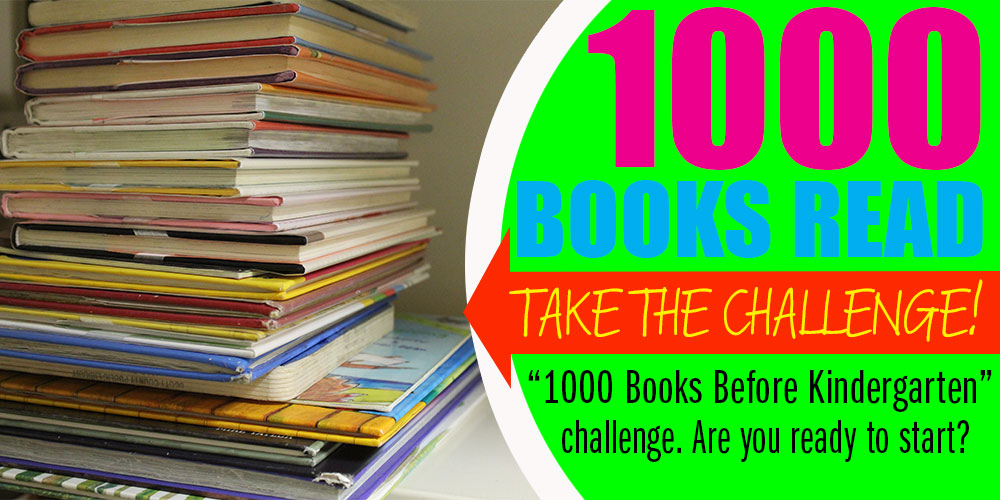
What is this Library Program?
The Scott County Public Library wants to get our community reading, and that means engaging even our youngest readers! We are excited to be offering this exciting ongoing and multi-year reading program for children ages 0-5 years.
This program was developed to increase awareness of the importance of early literacy as well as encouraging parents to embrace their role as their child’s first teacher.
The 1,000 Books Before Kindergarten (1,000 B4K) is a pre-literacy effort aimed at encouraging families to read at least 1000 books to their preschooler, birth to age 5, before they enter school.
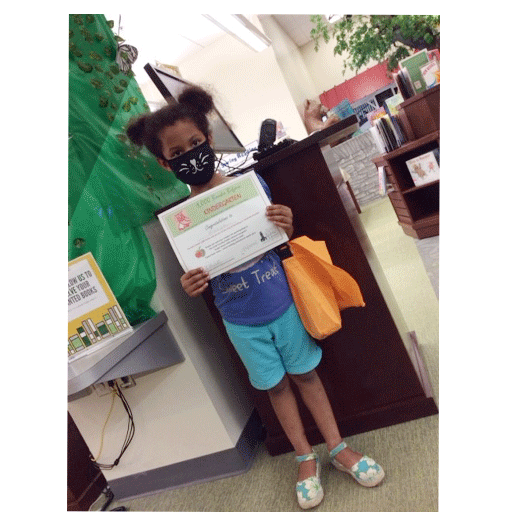 The goal of this project is to help kids enter school ready to learn. Reading is one of the most important things you can do to ensure your child’s success when they begin school. It also provides an opportunity to increase their exposure to a wide variety of ideas and information, and to promote use of the library – your treasure trove of free reading material. As a parent, reading to our children also is essential to help them learn several important skills:
The goal of this project is to help kids enter school ready to learn. Reading is one of the most important things you can do to ensure your child’s success when they begin school. It also provides an opportunity to increase their exposure to a wide variety of ideas and information, and to promote use of the library – your treasure trove of free reading material. As a parent, reading to our children also is essential to help them learn several important skills:
- Print Motivation
- Vocabulary
- Print Awareness
- Letter Knowledge
- Phonological Awareness
- Narrative Skills
These skills have been singled out by the American Libraries Association and other institutions the key pre-reading skills.
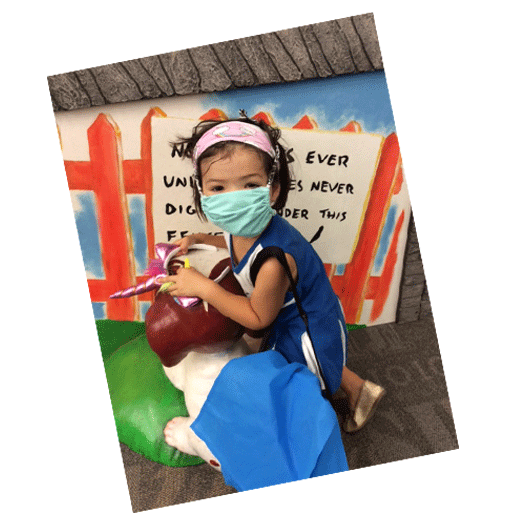 The beauty of this program is that you can read the same book 10 times, if that is what your child wants to hear. Repetition is great for your child to learn sequencing and narrative story order. Of course, we encourage all parents to keep reading to their child beyond the 1,000 books. Setting your own reading goals with your child is the first step in helping them become good readers.
The beauty of this program is that you can read the same book 10 times, if that is what your child wants to hear. Repetition is great for your child to learn sequencing and narrative story order. Of course, we encourage all parents to keep reading to their child beyond the 1,000 books. Setting your own reading goals with your child is the first step in helping them become good readers.
Why 1,000 Books???
Author Mem Fox makes a profound statement in her book Reading Magic: why reading aloud to our children will change their lives forever:
“Reading aloud and talking about what we’re reading sharpens children’s brains. It helps develop their ability to concentrate at length, to solve problems logically, and to express themselves more easily and clearly. The stories they hear provide them with witty phrases, new sentences, and words of subtle meaning. Before long children begin to understand the look of the print and the way words work in sentences… No wonder experts tell us that children need to hear a thousand stories read aloud before they learn to read for themselves. A thousand! That sounds daunting. But when we do the sums, it isn’t as bad as we might think. Three stories a day will deliver us a thousand stories in one year alone, let alone in the four or five years prior to school. We can do it!” (pp.15-17)
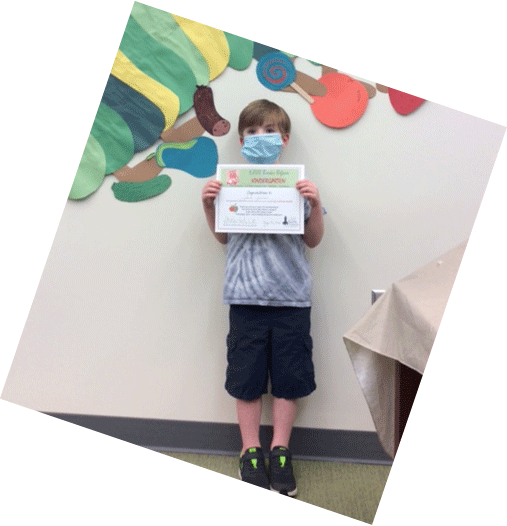 How do I enroll my child and participate?
How do I enroll my child and participate?
Please come to the Information Desk to sign up for the program and to obtain the first reading log. We furnish you with a log to keep track of what you have read to your child. Please be diligent in your records! Each child gets their own log.
Once you finish reading the first group of 100 books, come in with your completed log and get the next log for 100 books. Prizes will be given as each child reaches the 200, 400, 600, 800 and 1,000 book goals!
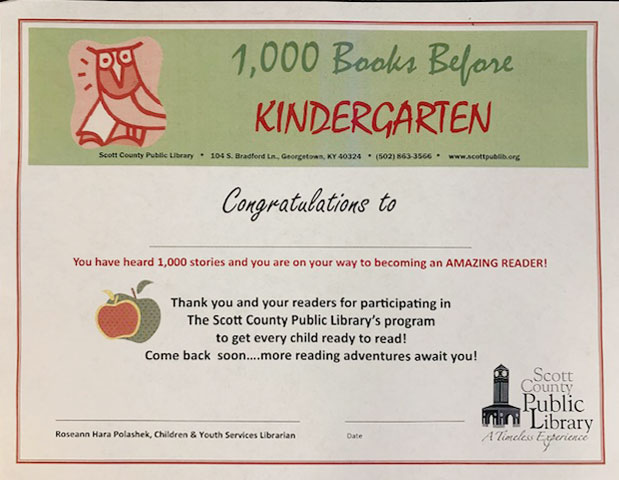 Come in each time you are ready for a new log. When you reach the 500 book halfway mark, we will give you a different insert with information on reading and child development.
Come in each time you are ready for a new log. When you reach the 500 book halfway mark, we will give you a different insert with information on reading and child development.
When you have finished the reading log and reach your 1,000 books, make sure you come to the Information Desk so we can take your picture with your child & Completion Certificate! Your child will then pick up the final gift before becoming a book-and-library-loving Kindergartner!
Does your child have their own Library Card? Get it today! It’s Free!
What are some tips and tricks to get my kids “to read” with me?
- Pick out books you enjoy and have fun reading together.
- Use expression! Use different voices and accents for different characters in the story.
- Get Silly. Kids love it when their parents break mold, sit on the floor and just get silly!
- Find a time when you and your child are in a good mood to read. Reading together should never be a chore or a threat!
For tips and hints on becoming a better “Out Loud” reader, go to the website of author Mem Fox at memfox.net. There, you can see and hear her read aloud and see her “ten read-aloud commandments” for adults!
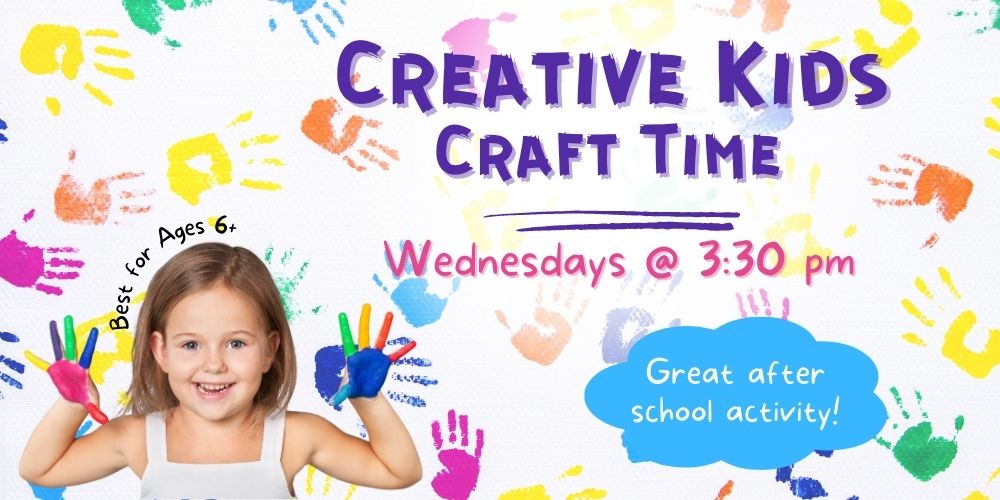
Creative Kids: Art and Fun Crafts
Recommended ages 5-9 years. FREE! No Registration required. DROP IN after school between 3:30 - 4:30 for a quick, fun afternoon craft. Join us as we share a new craft each week and learn new skills. Must be able to follow stepped directions, use scissors, glue, markers, paint independently.
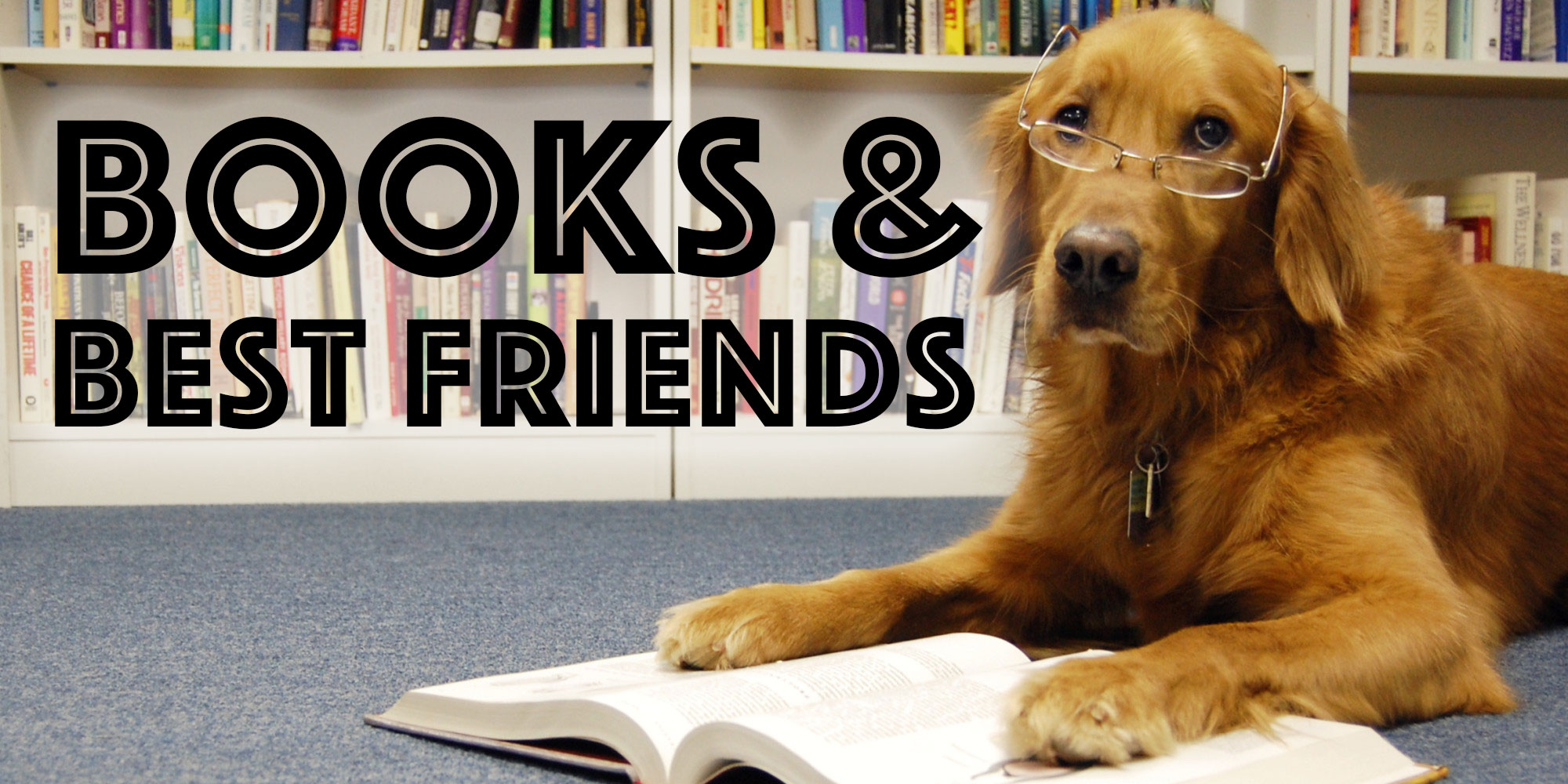
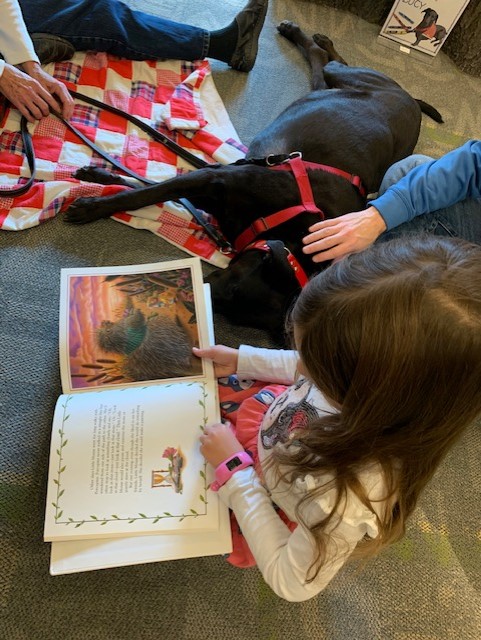 Books & Best Friends: Read to Therapy Dogs (Ages 4-12)
Books & Best Friends: Read to Therapy Dogs (Ages 4-12)
Come read to Therapy Dogs from Pawsibilities Unleashed every First & Third Saturdays of the month! Young readers are invited to "bone up" on their reading skills by reading to specially trained dogs. Just learned to read and want to show off? Read to the dogs! Struggling with reading and want to chill out with a friend- read to the dogs!
FREE. Parents, register your child in person -check in with Youth Staff. Come read with the Dogs today. They don't judge you, just love you! A tail-wagging good time! Use our books or bring a special one from home.
